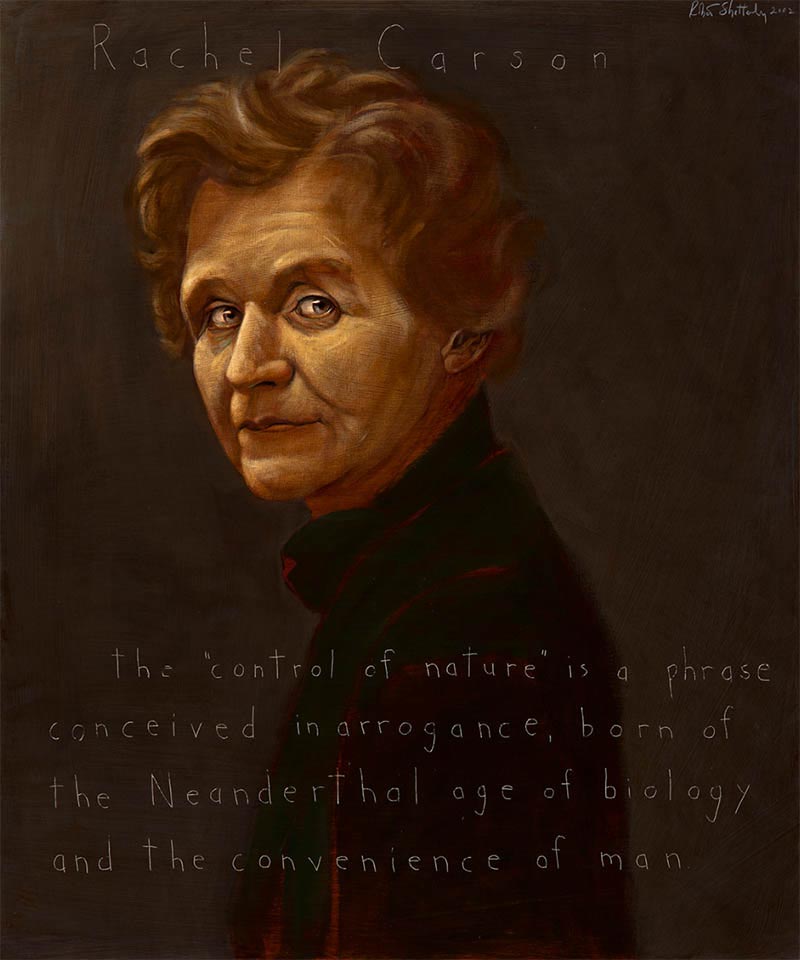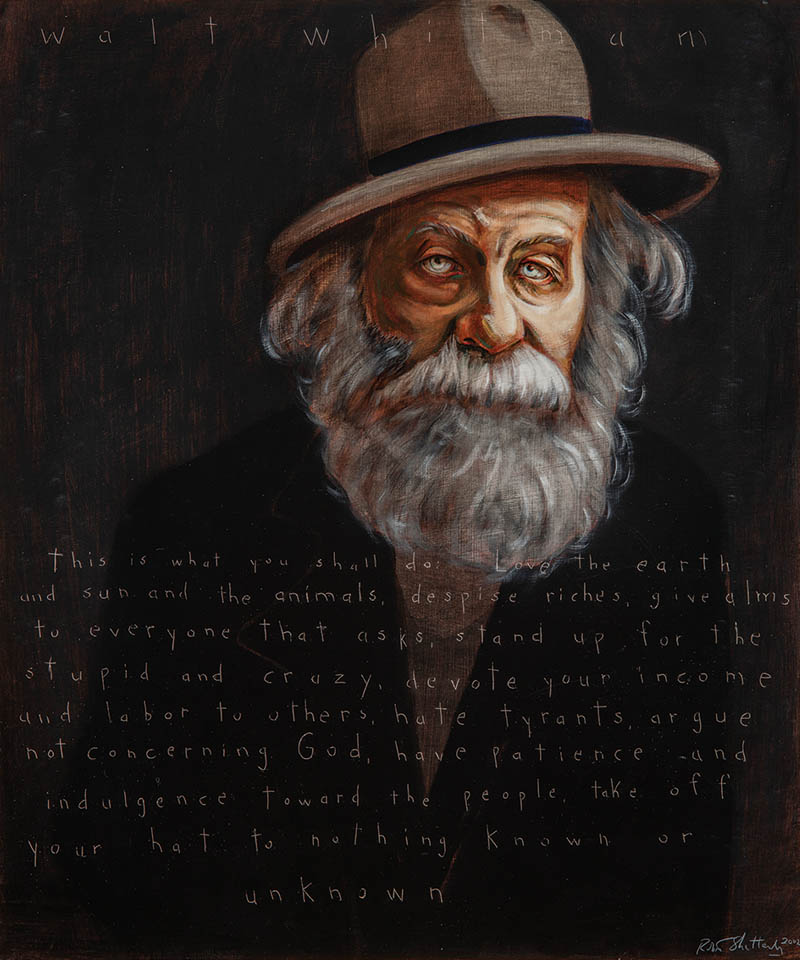What's New
Death of a Warbler
I was sitting at the kitchen table reading Elizabeth Kolbert’s article in The New Yorker (May 20, 2019) about species extinction. Such a litany of loss overfills the reservoir of one’s grief while its calm, ordered prose provides a dam to hold it back. Suddenly there was a soft thud on the window behind me. I jumped. Two pale down feathers were stuck to the glass. I looked out and could see a small bird on its back in the garden below.
I hurried out and picked up the still warm body of a black-and-white warbler. It weighed no more than a wad of leaves, its feathers as soft as cashmere. The thin, half-inch, slightly de-curved beak – which looked like a fine sewing implement, so good for snatching insects – was shut tight. The tiny talons on its delicate brown feet, the feet curled as though gripping a twig, reminded me of a human baby’s translucent fingernail clippings. The two black stripes on its head made an equals sign. It’s right eye was squinted shut, its left open as though alive but reflecting no light.
The dam broke. Grief and guilt at the loss of this little creature overflowed. It had flown all the way from Central America to crash into my window while my head was down, reading Elizabeth Kolbert’s words about the death of the last surviving individual of an endemic snail species in Hawaii. Maybe this warbler flew from the rain forest near San Cristóbal in Chiapas. Maybe from the slopes of the ancient Volcán de Fuego in Guatemala. Or from the garden at the Ernest Hemingway house in Key West. This creature transported its half-ounce body thousands of miles before crashing into my window with sufficient force to alarm me, sufficient force to kill itself.
It’s hardly correct, though, to say it killed itself. It was killed by a sheet of glass in which it probably saw the reflection of trees or saw a way through the house and out another sheet of glass. It was knocked dead by a human structure intruding its habitat.
It’s not that each of us is individually killing or intending to take these precious lives, but we’ve created systems, infrastructure, that kill – regardless of what we think or how much we say we care. It’s the revenge of our history, how children pay for the sins of parents. How the euphoria of rising expectations creates the despair of diminishing nature. The fact that we don’t benefit by taking such lives makes it even worse. It’s a kind of amoral negligence; Oh, well, we say. Life goes on. Until it doesn’t.

I rail against the military for its ethic of “acceptable loss” – the acceptance of collateral damage: civilians killed while we blast so-called enemies. Too bad, but our right to kill bad guys supersedes the right of a civilian to preserve her own life. The ethic of collateral damage is not confined to military action; it’s built into everything we do. We build a road through the forest, then run over the raccoon trying to cross it. Collateral damage. We insist on the ideological virtue of an economic system – capitalism – that fills the oceans with toxins and plastic waste and the cells of every living thing with pollutants, clear cuts the vast rain forests, saturates the atmosphere with CO2. Collateral damage.
Just as racism is woven into the systemic structure of our schools, neighborhoods, work places, prisons, and social interactions, collateral damage is woven into the same cloth. William Blake said he could see the world in a grain of sand; I saw in that small dead bird the entire history of man’s dominion over nature. A miracle of life, a miracle of survival, now a bit of feathery, ruffled flotsam.
Given the acceleration of species extinctions on this Earth – plants, animals, insects, fish – grief over one tiny bird might seem sentimental. It’s not. Its death is emblematic. For years I’ve carefully removed ants, spiders, bugs and beetles from the house, liberating them into the yard. I collected dead birds and animals from the sides of roads, tried to honor them by painting and drawing them. I tried to honor them by really seeing them, while trying to transform my anger at my participation in the systems killing them into appreciation and wonder. By concentrating hard enough to make a good drawing, I had to let go of anger for at least a while. I witnessed the reality of another life. But to what end?
The obsessive will to amass power over and to extract profit from populations of people and the bounty of nature is nearing its crescendo. The obesity of empire and economy have ridden the back of nature for too long. The back is collapsing, and when it breaks, we will be in free fall.

I took the warbler’s now rigid body out to the garden and tucked it carefully into the grass clipping mulch under a young peach tree. As I covered it, mumbling an awkward apology, I thought I could hear its welcoming song – welcoming the worms, welcoming the mites and bacteria, the ants, centipedes and pill bugs and carrion beetles, welcoming the peach roots and grass roots, welcoming disintegration and rebirth, welcoming reintegration into the world by means of many of the same creatures it formerly ate. Welcoming whatever process of transformation a diminished world can muster.
Its song was exactly like what it had been an hour earlier – tzee, tzee, tzee – high pitched and faint, joyous. Hard to locate its origin because it seemed to come from everywhere. We are all one, it sang.
Its song was both requiem and call to action. Grieve, it urged. Change the way you live, it demanded. Live with purpose, humility, connection and joy. A broken-hearted, back-broken world needs your love and care and courage as never before.